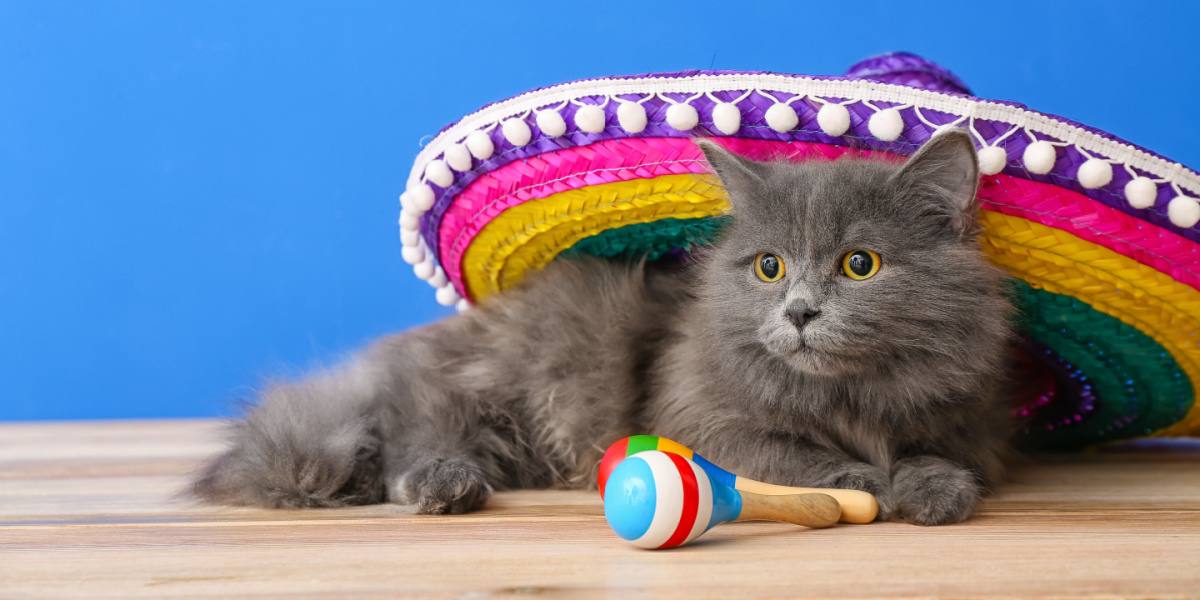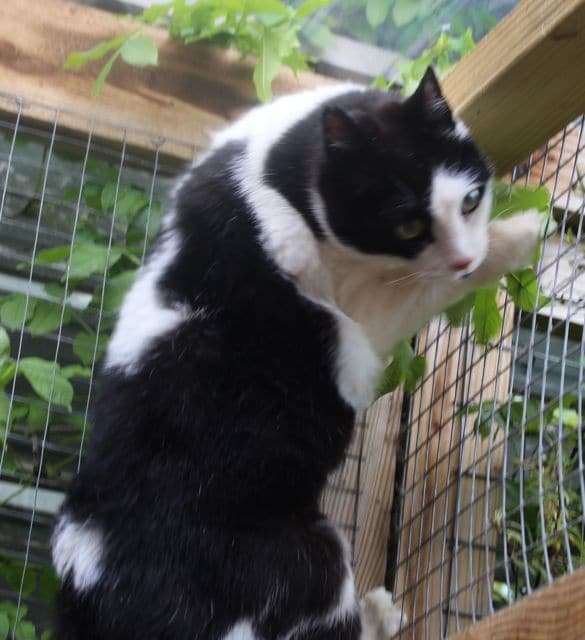Cats In Spanish: A Comprehensive Guide For Cat Lovers
Cats in Spanish are fascinating creatures with a rich cultural and linguistic background. If you're a cat enthusiast or someone eager to explore the world of felines through the lens of the Spanish language, this article is for you. We'll delve into everything you need to know about cats in Spanish, from vocabulary and grammar to cultural significance.
This guide will explore not only how to say "cat" in Spanish but also the cultural and historical connections between cats and the Spanish-speaking world. You'll discover intriguing facts, useful phrases, and tips to enhance your understanding of cats in Spanish-speaking countries.
Whether you're learning Spanish or simply curious about feline-related terminology, this article promises to be an engaging and informative read. Let's dive in and discover the enchanting world of cats in Spanish!
Read also:April 21 Birthdays Celebrating Iconic Personalities And Their Remarkable Achievements
Table of Contents
- Introduction to Cats in Spanish
- Basic Vocabulary for Cats in Spanish
- Cultural Significance of Cats in Spanish-speaking Countries
- Common Phrases Involving Cats in Spanish
- Cat Breeds in Spanish
- Caring for Cats in Spanish-speaking Countries
- Cat Myths and Legends in Spanish Culture
- Cats in Spanish Literature and Art
- Popular Cat Names in Spanish
- Conclusion
Introduction to Cats in Spanish
When it comes to cats in Spanish, the word "gato" is the most common term used to describe these beloved animals. However, the relationship between cats and Spanish-speaking cultures goes far beyond mere vocabulary. Cats have been an integral part of human history, and their presence in Spanish-speaking countries is no exception.
Spanish-speaking countries have a unique way of integrating cats into daily life, folklore, and even language. Understanding how cats are perceived in these cultures can offer insights into the broader cultural landscape. From ancient civilizations to modern-day households, cats have played various roles in the lives of people in Spanish-speaking regions.
Why Study Cats in Spanish?
Learning about cats in Spanish can be beneficial for several reasons. First, it enhances your understanding of the Spanish language by introducing you to new vocabulary and cultural references. Second, it allows you to connect with the rich cultural heritage of Spanish-speaking countries, where cats often hold symbolic meanings.
Basic Vocabulary for Cats in Spanish
Before diving deeper into the topic, let's start with some basic vocabulary related to cats in Spanish:
- Gato - Cat
- Gata - Female cat
- Gatito - Kitten
- Gatita - Female kitten
- Cola - Tail
- Orejas - Ears
- Bigotes - Whiskers
These words form the foundation of your understanding of cats in the Spanish language. As you progress, you'll encounter more complex terms and phrases that enrich your vocabulary.
Cultural Significance of Cats in Spanish-speaking Countries
Cats hold a special place in the cultural fabric of Spanish-speaking countries. Historically, they have been revered for their hunting skills and independence. In some regions, cats are seen as symbols of good luck, while in others, they are associated with mystery and the supernatural.
Read also:March 27 Birthdays Celebrating The Lives And Achievements Of Iconic People
Historical Context
In ancient civilizations such as the Aztecs and Mayans, cats were often depicted in art and mythology. These cultures recognized the unique qualities of cats, such as their agility and stealth. Over time, these perceptions evolved, influencing modern-day beliefs and traditions.
For example, in Mexico, the Day of the Dead celebrations sometimes feature cat-themed decorations, symbolizing the connection between the living and the spiritual world. This cultural integration highlights the enduring presence of cats in Spanish-speaking societies.
Common Phrases Involving Cats in Spanish
Beyond individual words, there are numerous phrases in Spanish that involve cats. These expressions often carry deeper meanings and can enrich your conversational skills:
- Caer como un gato - To land on your feet
- Tener ojos de gato - To have cat-like eyes
- Estar como un gato en un tejado de zinc - To be as restless as a cat on a zinc roof
These idiomatic expressions reflect the cultural significance of cats in Spanish-speaking countries. Incorporating them into your language learning journey can make your conversations more engaging and authentic.
Cat Breeds in Spanish
When discussing cats in Spanish, it's essential to explore the various breeds that exist in Spanish-speaking countries. Some popular breeds include:
1. Spanish Blue
The Spanish Blue is a rare breed known for its striking blue-gray coat. Originating from Spain, this breed is celebrated for its gentle nature and intelligence.
2. European Shorthair
Found throughout Europe, including Spanish-speaking regions, the European Shorthair is a versatile breed with a friendly disposition. It adapts well to different environments, making it a popular choice for families.
3. Andalusian Cat
The Andalusian Cat, native to southern Spain, is renowned for its agility and hunting prowess. This breed has a rich history and is often associated with rural life in the region.
Caring for Cats in Spanish-speaking Countries
Proper care is crucial for the well-being of cats, regardless of where they live. In Spanish-speaking countries, cat owners prioritize health, nutrition, and socialization to ensure their feline companions thrive.
Health and Nutrition
Feeding cats a balanced diet is essential. In Spain and other Spanish-speaking countries, pet owners often consult veterinarians to determine the best food options for their cats. Additionally, regular check-ups and vaccinations are standard practices to maintain feline health.
Socialization
Cats in Spanish-speaking households are often socialized from a young age. This helps them develop strong bonds with their human companions and adapt to various environments. Encouraging play and interaction is key to fostering a healthy relationship between cats and their owners.
Cat Myths and Legends in Spanish Culture
Cats have inspired countless myths and legends across cultures, and Spanish-speaking countries are no exception. These stories often reflect the mystical qualities attributed to cats:
1. The Cat as a Guardian
In some Spanish folklore, cats are believed to protect homes from evil spirits. Their keen senses and nocturnal habits make them ideal guardians in the eyes of many.
2. The Cat and the Moon
Another popular legend involves the connection between cats and the moon. In certain regions, cats are said to have a special relationship with lunar cycles, influencing their behavior and abilities.
Cats in Spanish Literature and Art
Cats have been a recurring theme in Spanish literature and art, symbolizing various aspects of human experience. From poetry to paintings, these works often celebrate the enigmatic nature of cats:
Famous Literary Works
Authors such as Gabriel García Márquez and Federico García Lorca have incorporated cats into their narratives, using them as metaphors for complexity and mystery. Their writings highlight the enduring fascination with cats in Spanish culture.
Artistic Representations
In the visual arts, cats frequently appear in paintings and sculptures, capturing the imagination of artists and audiences alike. These depictions range from realistic portrayals to abstract interpretations, showcasing the versatility of feline imagery.
Popular Cat Names in Spanish
Choosing a name for your cat can be a fun and creative process. Here are some popular names in Spanish:
- Milo
- Luna
- Mia
- Simba
- Chica
These names reflect the cultural and linguistic nuances of Spanish-speaking countries, offering unique options for naming your feline friend.
Conclusion
In conclusion, the world of cats in Spanish is rich and multifaceted, encompassing language, culture, and tradition. From basic vocabulary to cultural significance, this guide has provided a comprehensive overview of the topic. By exploring these aspects, you can deepen your appreciation for cats and their role in Spanish-speaking societies.
We invite you to share your thoughts and experiences in the comments section below. Additionally, feel free to explore other articles on our site for more insights into the fascinating world of cats and the Spanish language. Together, let's continue to celebrate the unique bond between humans and these remarkable creatures.


